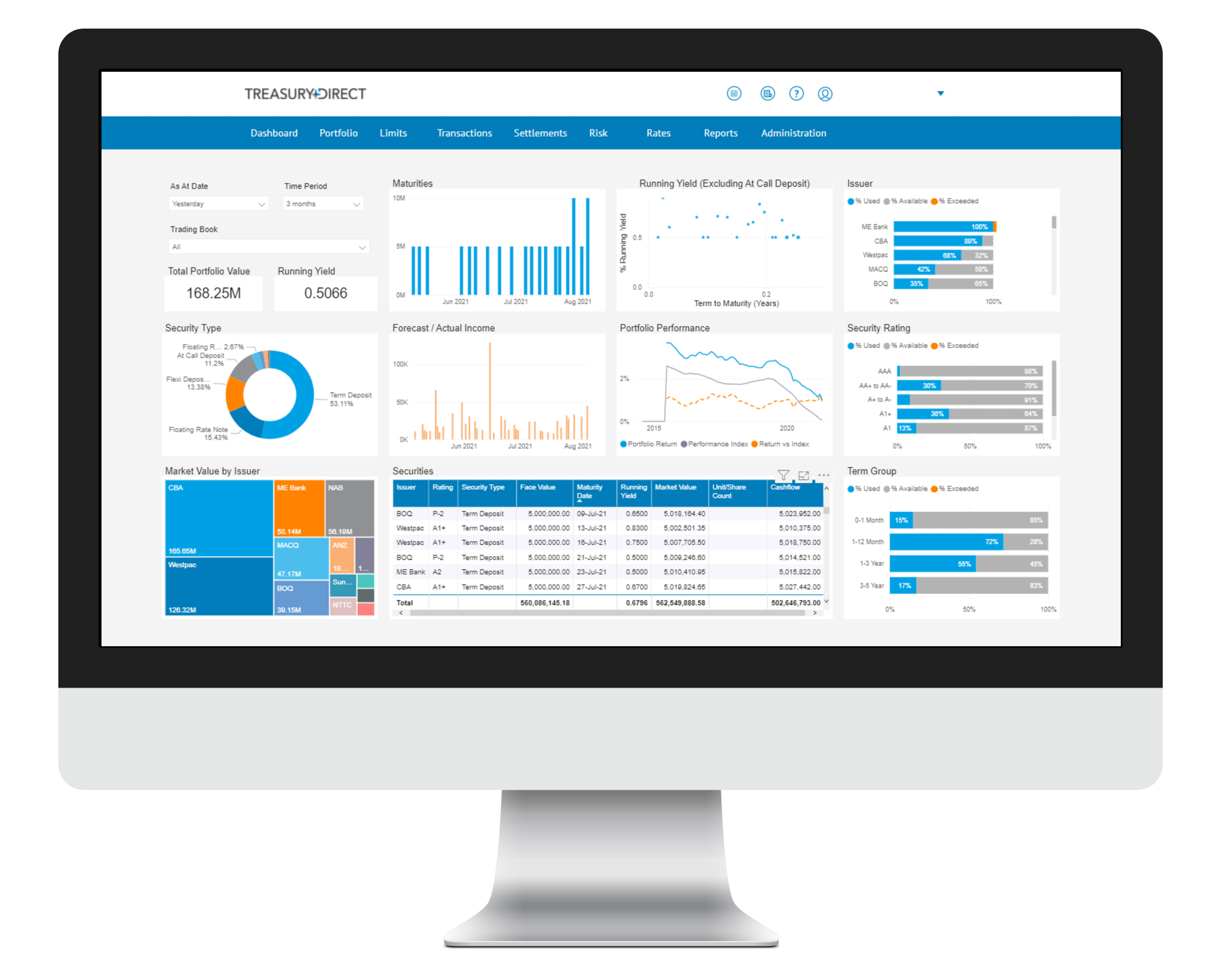Markets Overview
- ASX SPI 200 futures up 0.2% to 8,308.00
- Dow Average down 0.6% to 42,140.43
- Aussie up 1.5% to 0.6470 per US$
- US 10-year yield little changed at 4.4669%
- Australia 3-year bond yield rose 9.7 bps to 3.57%
- Australia 10-year bond yield rose 6.9 bps to 4.43%
- Gold spot up 0.4% to $3,249.90
- Brent futures up 2.4% to $66.54/bbl
Economic Events
- 11:00: (AU) Australia to Sell A$1.2 Billion 3.5% 2034 Bonds
- 11:30: (AU) 1Q Wage Price Index QoQ, est. 0.8%, prior 0.7%
- 11:30: (AU) 1Q Wage Price Index YoY, est. 3.2%, prior 3.2%
- 11:30: (AU) 1Q Owner-Occupier Loan Value QoQ, prior 4.2%
- 11:30: (AU) 1Q Investor Loan Value QoQ, prior -2.9%
- 11:30: (AU) 1Q Home Loans Value QoQ, est. 0%, prior 1.4%
Stocks in Asia are poised to extend this week’s rebound after US benchmarks wiped out 2025’s losses on signs that President Donald Trump’s trade war is cooling and as inflation data showed limited impacts so far.
Futures pointed to advances in Sydney, Tokyo and Hong Kong in early Wednesday trading. Chipmakers led the rally on Wall Street, as Nvidia Corp. and Advanced Micro Devices Inc. are set to supply semiconductors to Saudi Arabian firm Humain for a massive data-center project.
Treasuries erased gains on speculation the Federal Reserve will stay put as it evaluates potential implications of tariffs. The dollar erased most of Monday’s advance. Oil climbed as Trump ratcheted up the rhetoric against Iran’s nuclear program.
The easing of trade tensions and a surprisingly positive earnings season have spurred optimism after a period of doubt about Corporate America’s ability to meet high profit expectations. The stock market is “gonna go a lot higher,” Trump said, citing an “explosion of investment and jobs” as he said Saudi Arabia would commit to investing $1 trillion in the US.
The Trump administration plans to overhaul regulations on the export of semiconductors used in artificial intelligence, tossing out a Biden-era approach that had drawn strenuous objections from America’s allies. The US is also weighing a deal that would allow the United Arab Emirates to import more than a million advanced Nvidia chips, people familiar with the matter said.
After mostly missing out on last month’s rebound, investors are likely to be forced to chase the stock rally sparked by this weekend’s US-China trade truce, Bank of America Corp. strategists said. A survey conducted before the trade talks in Geneva showed fund managers were a net 38% underweight on US stocks, the most in two years.
The poll is “bearish enough to suggest pain trade modestly higher” given the US-China deal would prevent a recession or a shock in credit markets, BofA strategist Michael Hartnett wrote.
The S&P 500 rose 0.7%. The Nasdaq 100 climbed 1.6%. The Dow Jones Industrial Average lost 0.6%. The Bloomberg Magnificent Seven index of megacaps added 2.2%.
The yield on 10-year Treasuries was little changed at 4.47%. The Bloomberg Dollar Spot Index fell 0.7%. Brent crude added 2.6%.
US inflation rose by less than forecast in April amid tame prices for clothing and new cars, suggesting little urgency so far by companies to pass along the cost of higher tariffs to consumers.
The temporary agreement reached over the weekend to de-escalate the trade war with China has largely scaled back projections of how much damage tariffs will inflict on the economy. JPMorgan Chase & Co. boosted its forecast for US growth, dropping its earlier call that the world’s largest economy would sink into a recession in 2025.
While derivative contracts continue to price in two quarter-point rate cuts by the Fed this year, several major Wall Street banks this week forecast a rate cut in December, later than they previously anticipated.
“Like the Fed, investors are likely to look through today’s report as the prospect of trade deals and details on the budget reconciliation process are more material drivers for equities in the coming weeks,” said Josh Jamner at ClearBridge Investments. “However, the absence of a negative with today’s print does lend to incremental upside for risk assets as hedges are unwound.”
Trump cited the softer-than-expected inflation report to again pressure Fed Chair Jerome Powell to lower interest rates.
“No Inflation, and Prices of Gasoline, Energy, Groceries, and practically everything else, are DOWN!!!” Trump wrote in a social media post. “THE FED must lower the RATE, like Europe and China have done. What is wrong with Too Late Powell?”
The reprieve in US-China trade tensions that sent stocks soaring has chart watchers anticipating fresh all-time highs for the S&P 500. According to John Kolovos, chief technical strategist at Macro Risk Advisors, there are now no more major resistance levels left until 6,144, the record hit on February 19.
“The S&P 500 trading above the 200-day moving average is another indication that the trend is turning positive,” Kolovos said. “This increases the odds that pullbacks will be met with increased demand or buying interest. It changes your strategy and sends the signal that we’re done with the bear market.”

